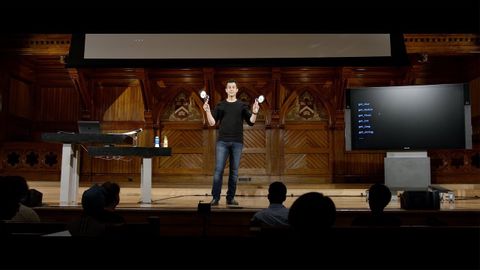CS50 2018 - 再生3 - メモリ (CS50 2018 - Lecture 3 - Memory)
小克 が 2021 年 01 月 14 日 に投稿  この条件に一致する単語はありません
この条件に一致する単語はありませんUS /ˈkærəktɚ/
・
UK /'kærəktə(r)/
- n.(物語 : 映画 : 演劇などの)登場人物;文字;性格 : 性質;変わっている人;評判
US /ˈɔdiəns/
・
UK /ˈɔ:diəns/
US /ˈvɚʒən, -ʃən/
・
UK /ˈvə:ʃən/
エネルギーを使用
すべての単語を解除
発音・解説・フィルター機能を解除

